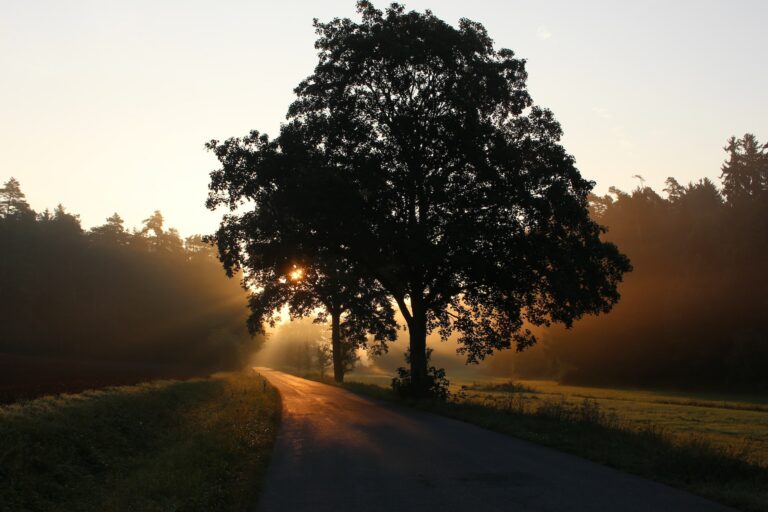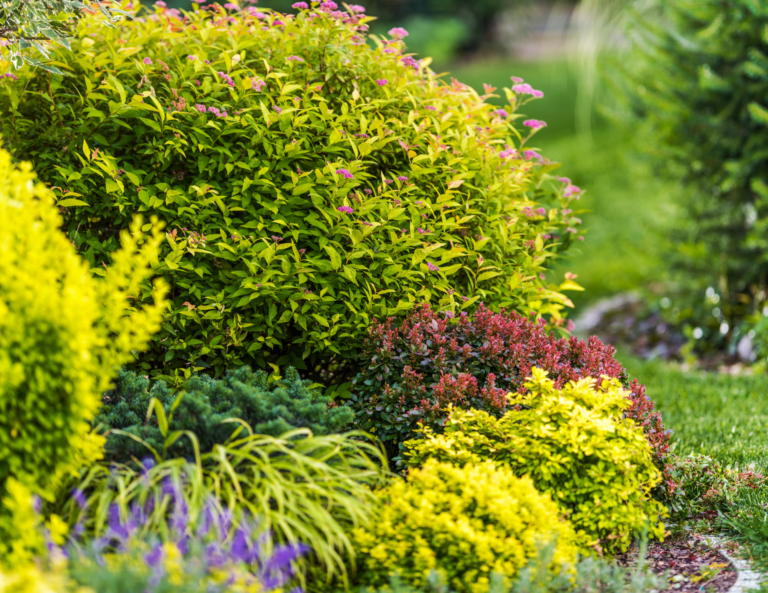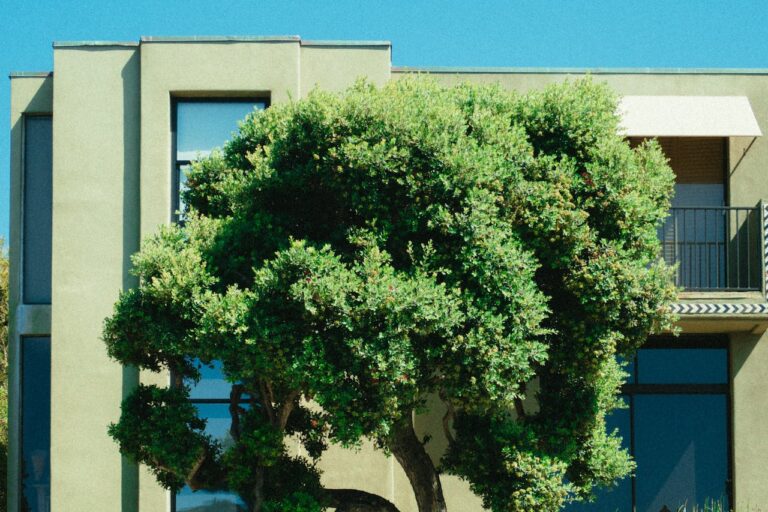Our Guide to Protecting Trees from Lightning Strikes
Trees are magnificent and vital elements of our landscapes, offering a myriad of benefits such as shade, shelter for wildlife, and even improved air quality. However, their towering presence also makes them natural targets for lightning strikes, which can cause severe, lasting damage or even prove fatal for the affected tree. Homeowners must prioritize tree care and protection, including safeguarding them from the unpredictable but potentially devastating force of lightning.
In this informative blog, we will explore how lightning strikes can impact trees, discuss the importance of lightning protection systems, and offer practical guidance on how homeowners can protect their trees and preserve the beauty of their landscapes with expert assistance from Niwaki Tree Services. By proactively addressing the threat of lightning, you can maintain the health of your trees, enhance the safety of your property, and contribute to the overall well-being of our environment.
Lightning strikes can have various consequences for trees, ranging from cosmetic blemishes to severe internal and external damage that compromises the tree’s structural integrity. In many cases, the resulting fractures, burns, and disfigurement can leave the tree vulnerable to diseases, pests, and decay, necessitating extensive care or even removal. To protect your trees from such risks, it is essential to consider implementing a lightning protection system, which can divert lightning’s electrical charge away from the tree and safely dissipate it into the ground.
Understand the Impact of Lightning on Trees
To effectively protect your trees from lightning damage, it is essential to understand how this natural phenomenon can affect their health and structure. Lightning strikes can lead to a range of consequences, including:
1. Damage to Tree Cells and Tissues: When lightning hits a tree, the heat generated can vaporize the water within the tree’s cells and tissues, causing them to expand rapidly and result in bark splitting or even the tree’s trunk exploding.
2. Increased Susceptibility to Diseases and Pests: Damaged trees are highly susceptible to infections, pests, and diseases, which can further impair their health and eventually lead to tree decline or death.
3. Property Damage: It is not uncommon for lightning to strike tall trees close to buildings. In doing so, lightning can follow a path across the tree’s root system and into your home’s electrical system, causing significant property damage.
The Benefits of Installing a Lightning Protection System
Installing a lightning protection system can provide numerous advantages in safeguarding your trees from the hazards of lightning strikes:
1. Diverting the Lightning Charge: A lightning protection system channels the electrical charge from the lightning strike away from the tree and safely into the ground. This diversion prevents harm to the tree’s bark, trunk, and root system.
2. Reducing the Risk of Property Damage: A well-designed protection system can minimize the likelihood of property damage due to electrical surges or fires by effectively redirecting the lightning’s energy.
3. Preserving Tree Health and Longevity: Protecting your trees from lightning strikes helps maintain their overall health, promotes longevity, and contributes positively to your landscape’s aesthetic appeal.
Practical Tips for Protecting Your Trees and Landscape
In addition to considering a lightning protection system, homeowners can take several practical steps to minimize the risk of lightning damage, including:
1. Select Appropriate Tree Species: When choosing new trees for your landscape, opt for less prone to lightning strikes. Trees with lower moisture content and shorter heights are less likely to be struck by lightning.
2. Regular Pruning and Maintenance: Proper tree care, including regular pruning and maintenance, can reduce tree height and overall strike risk by removing dead or weakened branches and encouraging healthy growth.
3. Install Surge Protectors: To protect your property against lightning damage, install surge protectors on your electrical system and any outdoor power lines that run through your landscape. These devices can prevent electrical surges from entering your home during lightning events.
4. Consult an Expert Arborist: Regular consultations with a certified arborist can help with tree assessments, maintenance recommendations, and advice on lightning protection systems tailored to your unique landscape.
Partner with Niwaki Tree Services for Expert Tree Protection
Protecting your trees from lightning strikes is essential to responsible tree care. Homeowners can reduce the likelihood of tree and property damage by recognizing potential risks associated with lightning, employing a well-designed lightning protection system, and partnering with expert tree care providers like Niwaki Tree Services. A proactive approach to tree protection not only enhances the safety and longevity of your trees but also creates a thriving, beautiful landscape that adds value to your property and contributes positively to our environment.
Niwaki Tree Services is committed to providing South Carolina residents with reliable, five-star tree care solutions. Our team of certified arborists in Rock Hill, SC, can assist you in safeguarding your trees from lightning damage by offering expert advice, proper tree care, and seamless installation of lightning protection systems.







